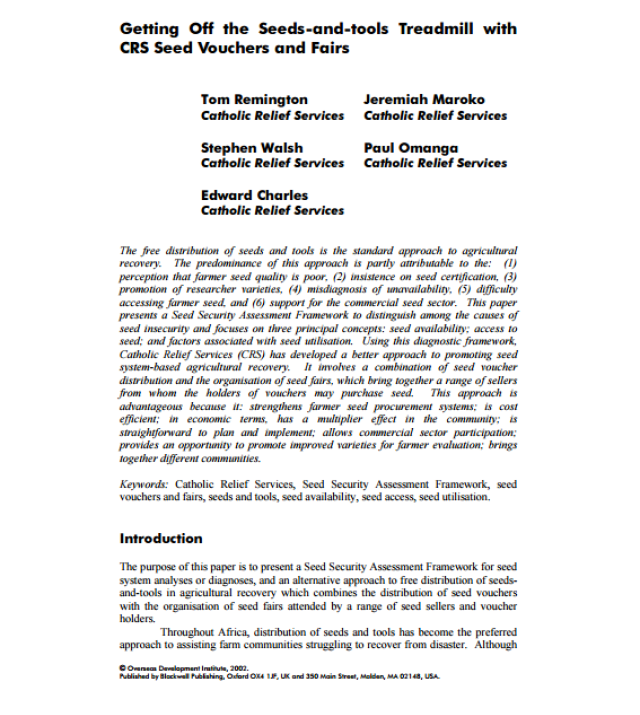
Resilience in Africa’s Drylands Revisiting the Drought Cycle Management Model

New guidelines that support resilience thinking and practice in the drylands recognize the value of livelihoods-based approaches. Nationally these include Ethiopia’s national guidelines for livestock projects in pastoralist areas during drought, and globally, the Livestock Emergency Guidelines and Standards. However, both of these guidelines draw heavily on an earlier approach to handling drought called the Drought Cycle Management (DCM) model, because the model links effective relief support to long-term development planning. The African Union’s Policy Framework for Pastoralism in Africa recognizes the economic and cultural importance of pastoralism, and its potential to contribute further to economic growth. The framework promotes risk management in the drylands using DCM. Nationally, the DCM model has been adopted by Kenya’s National Drought Management Agency and Ethiopia’s Disaster Risk Management - Agriculture Task Force.
This technical brief describes the DCM model and makes the case for further mainstreaming DCM in regional and national drought resilience planning.

